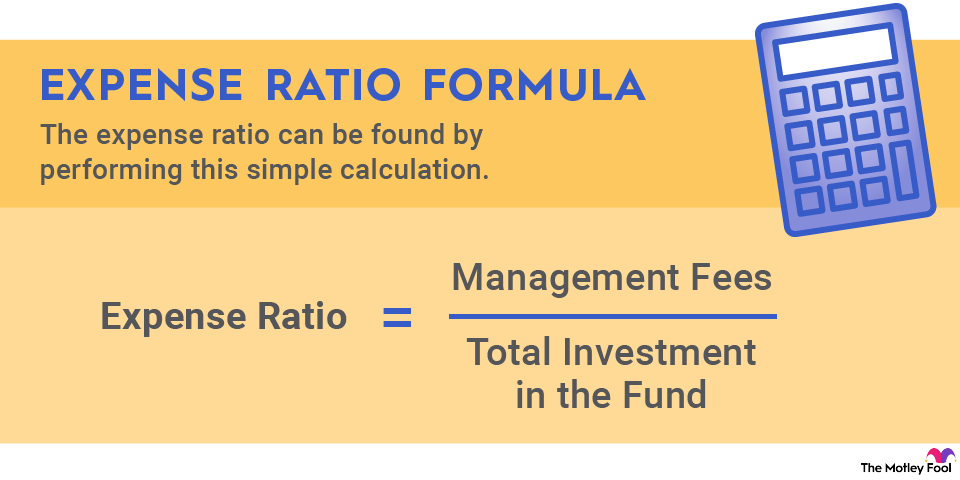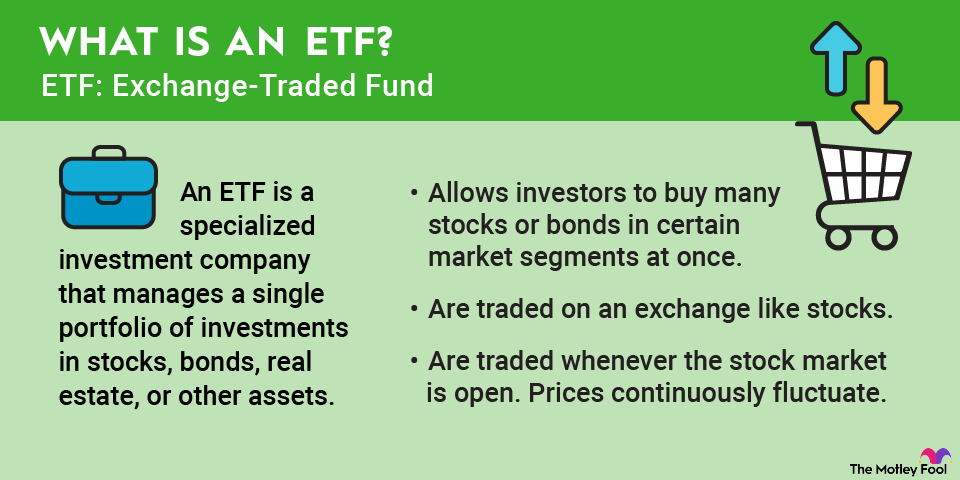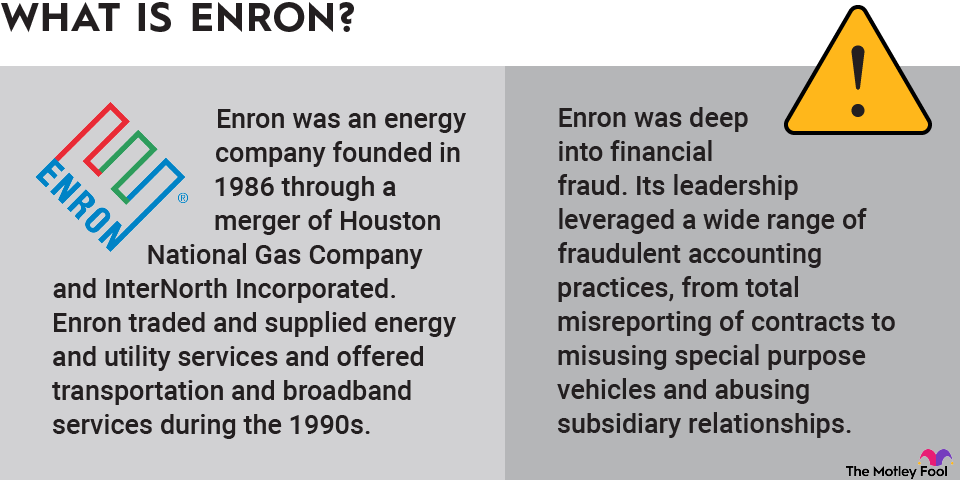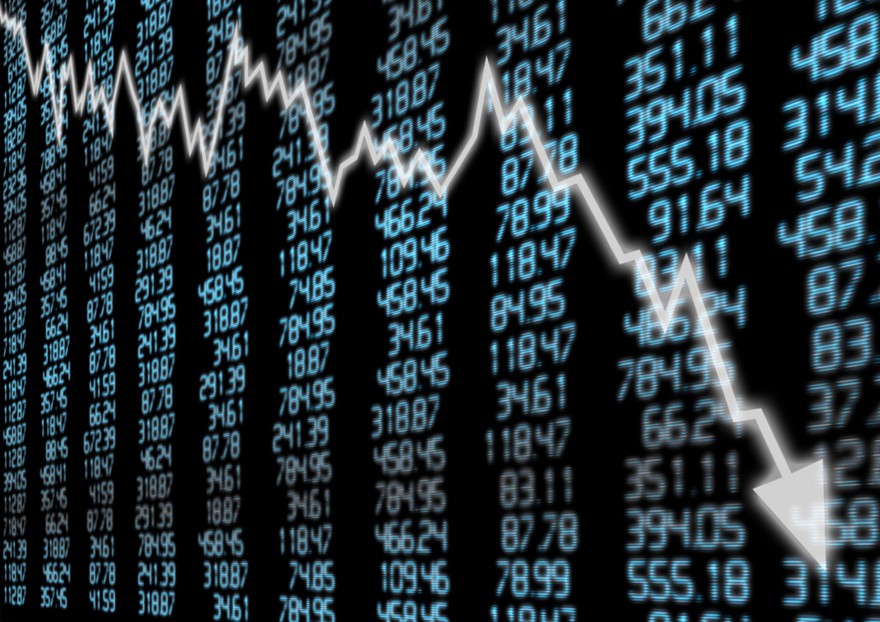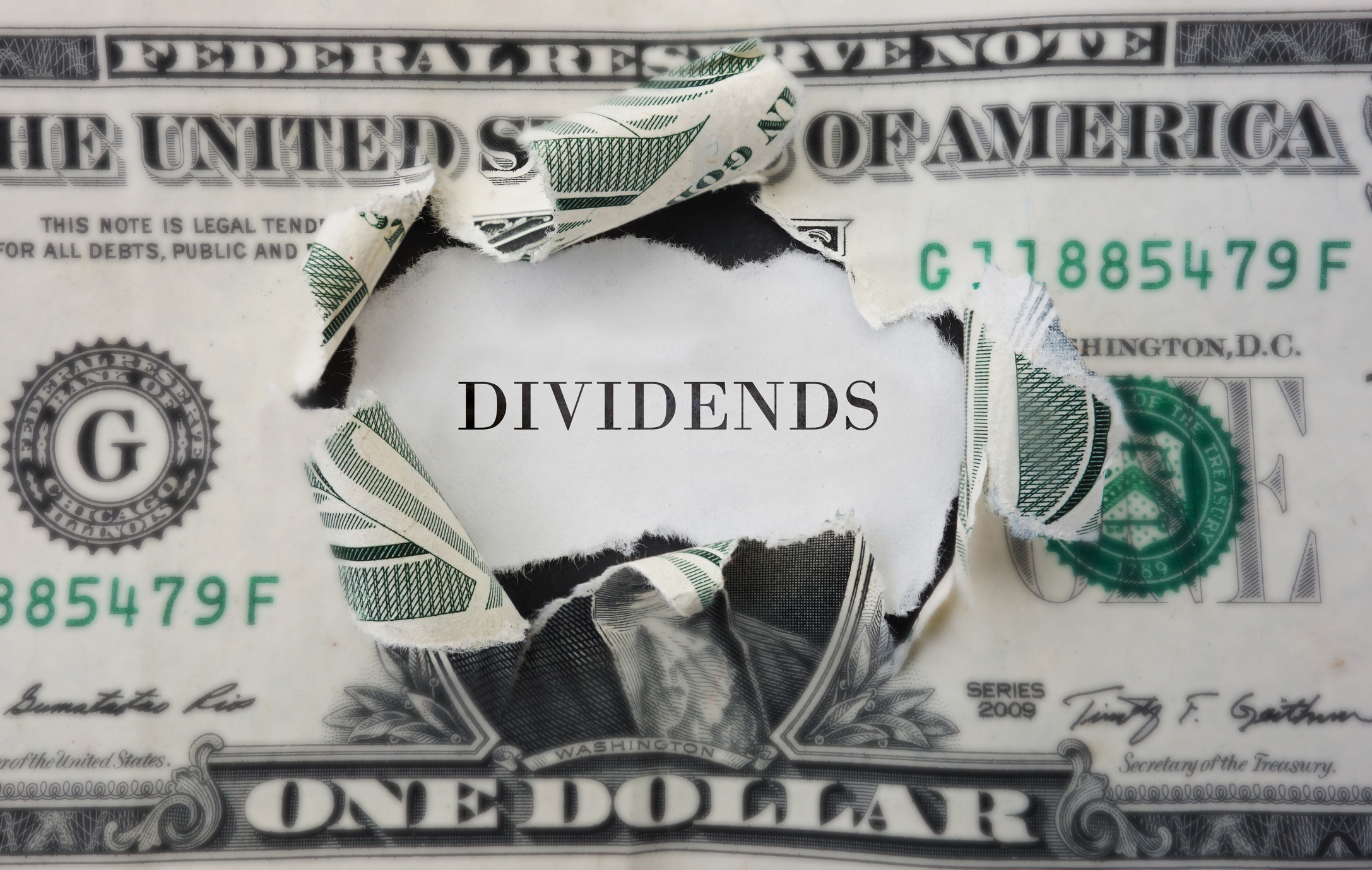It's easy to be fooled into thinking that active fund management produces superior investment returns, but, according to a study by fund manager Meb Faber, all of the most popular asset allocation strategies active managers use produce about the same returns. The difference between the best-performing and worst-performing active strategy was about 1%.
In the example above, the high-priced mutual fund outperforms the index fund on an annual basis. But high-priced mutual funds rarely beat the major market indexes, and the largest mutual funds tend to essentially clone the indexes they are attempting to beat.
If you're considering investing in a mutual fund, your first step should be to learn the expense ratio. If it's above 1%, then move on.
Components of an expense ratio
While a fund's expense ratio is generally stable, it can fluctuate due to the variable nature of some of the fund's expenses. The biggest expense for any fund, whether actively or passively managed, is the management fee -- which, as a percentage of assets, is fixed. This is the amount the fund managers themselves receive, and it's higher for active managers.
The variable expenses funds incur include accounting fees, registration fees, reporting fees, and other miscellaneous costs. A fund's marketing expenses must be limited to 1% of the average value of the fund's assets and are reported separately to the U.S. Securities and Exchange Commission (SEC).
Some funds, typically index or other passively managed funds, keep their expense ratios very low by only collecting a small management fee. A fund can lend out its shares to short sellers to earn interest, which it can use to pay the fund's other expenses.
